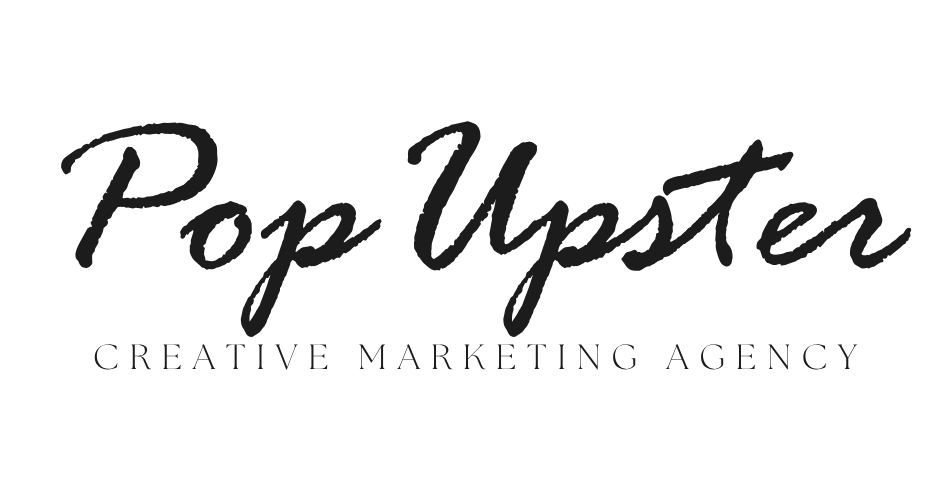In the rapidly evolving digital marketing landscape, paid advertising has become an essential strategy for businesses seeking targeted, measurable, and scalable growth. Pay-Per-Click (PPC) and media buying represent powerful techniques that enable organizations to reach precise audiences, drive conversions, and maximize return on investment. As competition intensifies across digital platforms, understanding the nuanced strategies, advanced targeting capabilities, and sophisticated optimization techniques has never been more critical for marketing professionals and business leaders.
Modern paid advertising goes far beyond simple banner ads or generic search placements. Today’s sophisticated marketers leverage complex algorithms, machine learning, and granular audience segmentation to create highly personalized advertising experiences that deliver exceptional results. Whether you’re a startup looking to gain initial market traction or an established enterprise seeking to expand your digital footprint, mastering paid advertising can be a game-changing approach to achieving your marketing objectives.
Understanding PPC Fundamentals
Pay-Per-Click advertising represents a dynamic digital marketing model where advertisers pay a fee each time their advertisement is clicked. This approach allows businesses to essentially purchase website visits rather than attempting to earn them organically. Google Ads remains the most prominent PPC platform, with over 3.5 billion searches conducted daily and an estimated advertising reach of 90% of global internet users. Successful PPC campaigns require a strategic approach that combines keyword research, compelling ad copy, precise targeting, and continuous optimization.
Key elements of effective PPC strategy include comprehensive keyword analysis, understanding search intent, creating highly relevant ad copy, and designing landing pages that convert. Marketers must develop a deep understanding of their target audience’s behaviors, preferences, and pain points to craft messages that resonate and drive action. Advanced PPC practitioners utilize sophisticated tools like Google Keyword Planner, SEMrush, and Ahrefs to identify high-potential keywords with optimal search volume and competition levels.
Media Buying Strategies and Techniques
Media buying represents a sophisticated approach to purchasing advertising space across various digital and traditional channels. Unlike traditional advertising purchases, modern media buying leverages data-driven insights, programmatic technologies, and real-time bidding to maximize campaign efficiency. Successful media buyers understand the complex ecosystem of digital advertising platforms, including display networks, social media channels, video platforms, and mobile advertising exchanges.
Contemporary media buying strategies emphasize audience targeting, performance tracking, and continuous optimization. Advanced practitioners utilize sophisticated demand-side platforms (DSPs) that enable precise audience segmentation, cross-channel campaign management, and granular performance analytics. By implementing multi-channel approaches and leveraging machine learning algorithms, media buyers can create highly personalized advertising experiences that drive significant engagement and conversion rates.
Advanced Targeting and Audience Segmentation
The evolution of digital advertising has transformed audience targeting from broad demographic approaches to hyper-personalized, intent-driven strategies. Modern platforms like Facebook Ads and Google Ads offer unprecedented granularity, allowing marketers to target users based on intricate combinations of demographics, interests, behaviors, and predictive intent signals. Sophisticated marketers can create custom audience segments that align precisely with their ideal customer profiles, dramatically improving campaign efficiency and return on ad spend.
Effective audience segmentation requires a multifaceted approach combining first-party data, third-party audience insights, and advanced analytics. Successful practitioners develop comprehensive customer personas, map detailed customer journeys, and continuously refine targeting parameters based on real-time performance data. By implementing advanced retargeting techniques and leveraging machine learning-powered predictive modeling, marketers can create increasingly precise and effective advertising experiences.
Performance Measurement and Optimization
Measuring and optimizing advertising performance represents a critical component of successful paid advertising strategies. Modern marketers utilize sophisticated analytics platforms to track comprehensive performance metrics, including click-through rates, conversion rates, cost per acquisition, and lifetime customer value. Tools like Google Analytics, Facebook Pixel, and advanced attribution modeling enable precise tracking of customer interactions across multiple touchpoints.
Continuous optimization involves systematic testing, data analysis, and iterative improvements. A/B testing ad creatives, landing pages, and targeting parameters allows marketers to incrementally enhance campaign performance. Advanced practitioners implement machine learning algorithms that automatically adjust bidding strategies, audience targeting, and ad placements to maximize overall campaign efficiency.
Emerging Trends and Future Considerations
The paid advertising landscape continues to evolve rapidly, driven by technological advancements and changing consumer behaviors. Emerging trends like artificial intelligence-powered targeting, increased privacy regulations, and the rise of alternative advertising platforms are reshaping the digital marketing ecosystem. Successful marketers must remain adaptable, continuously learning and experimenting with new technologies and strategies.
Future paid advertising approaches will likely emphasize privacy-conscious targeting, increased personalization, and more sophisticated attribution models. Marketers who invest in developing comprehensive digital skills, understanding emerging technologies, and maintaining a data-driven approach will be best positioned to succeed in this dynamic environment.
In conclusion, mastering paid advertising requires a holistic approach combining technical expertise, strategic thinking, and continuous learning. By understanding fundamental principles, leveraging advanced targeting techniques, and maintaining a data-driven optimization mindset, marketers can create powerful advertising strategies that deliver exceptional results. The most successful practitioners will be those who view paid advertising not as a static set of tactics, but as a dynamic, evolving discipline requiring ongoing education and adaptation.



 by
by